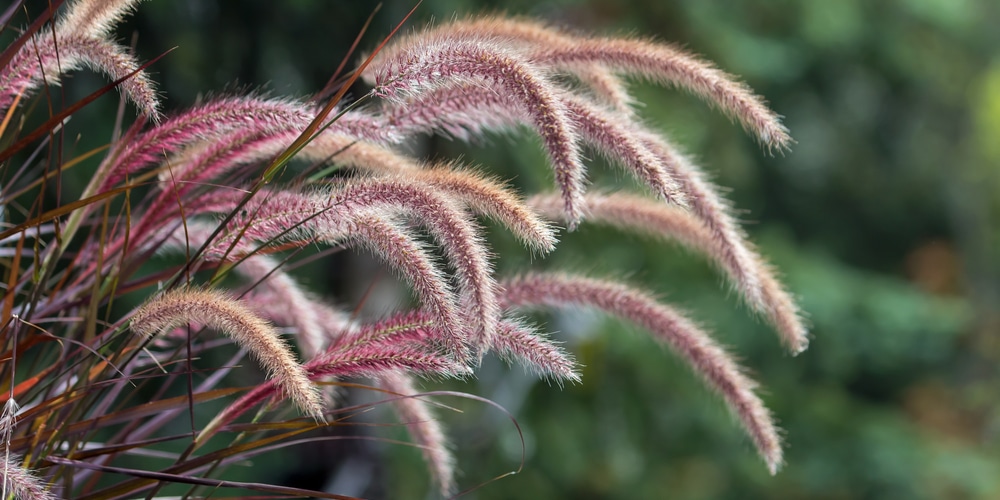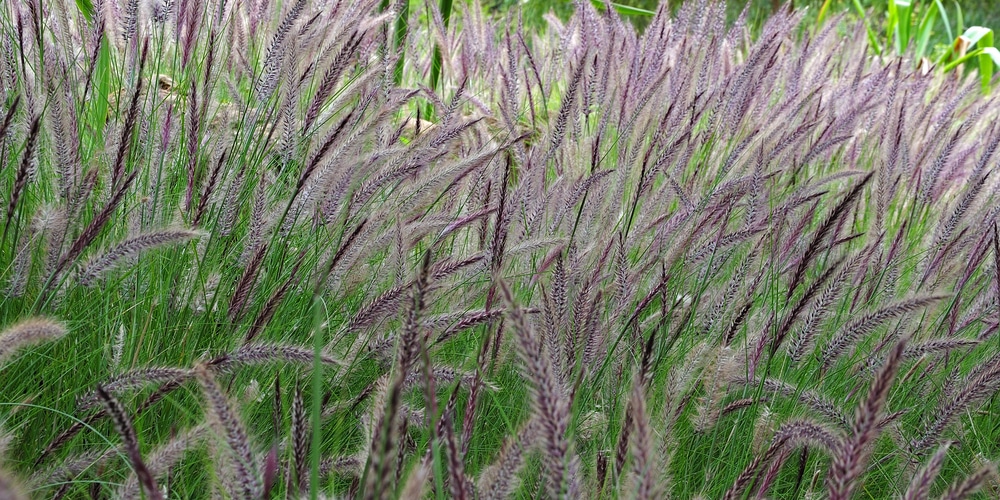Dwarf fountain grass, or Hameln is a popular choice among homeowners and landscapers looking to fill up both small and large spaces. The ornamental fountain species delights further by being easy to grow and care for. There is also a fountain grass, dwarf variety which we will discuss below.
What is the Fountain Grass, Dwarf variety?
Fountain grass dwarf has a few unusual names, including Hameln and ‘Little Bunny’. It’s relatively compact (because of its dwarf type) and can thrive in containers. Plant enthusiasts can display it solo or with other flowering plants for a harmony of color.
The ornamental grass comes with several benefits, such as being deer-resistant and drought-resistant. The distinctive form is certainly a conversation starter, as are the changing colors as the season shifts from spring to fall.
Dwarf fountain grass can take pollution quite well, which makes it ideal for urban landscapes. You’ll definitely find a good use for this versatile plant, whether as a central specimen or grouped together for a green and lush statement.
Fountain Grass Dwarf – How to Care For It
Dwarf fountain grass grows in USDA zones 5 through 9 and is a warm season variety, which means it likes warm temperatures and may grow dormant during the winter.
Hameln should be planted in your yard or garden in spring and when the environment has a consistent temperature of 75 degrees and above. It’s best to be patient as planting too early can cause root rot. There’s also an option to plant it before winter as long as you do it a month before the first predicted frost date.
How to Plant and Grow Fountain Grass
The best place for a dwarf fountain grass is where it gets full sunlight. Observe a space of around 12 to 14 inches and put it in the same level as it came in the container or pot. Water well after transplanting but don’t give as much as the plant doesn’t like standing water.
The grass species is drought tolerant and prefers its soil on the dry side rather than wet.
However, it’s better to give it a good drink on hot summer days to keep it green and lush. Hameln is not a vigorous grower but it can reach a height of around 2 feet and a spread of a foot or two.
Wait for the grass to be established and it will take on a characteristic ‘fountain’ shape. The arching leaves begin life sporting a bright green color and slowly turn to golden brown as the growing season continues. Come midsummer fountain grass dwarf produces buds that transform from pale green, to white and finally to wheat gold as it goes to seed.
Fountain grass can tolerate any kind of soil as long as there’s lots of organic matter and it’s well-drained. It shouldn’t hold too much water or else the grass’ health will slowly decline.
How to Care for Dwarf Fountain Grass
Hameln is one of the easiest grass to grow. It doesn’t fuss as long as it gets what it needs, which is sunlight and well-drained soil. Growth is moderate and it knows how to make the most of short growing seasons.
Plumes of white rise above the green-gold foliage and really add depth to the landscape. Dwarf fountain grass can be massed together as long as you observe proper spacing. It’s a low-maintenance grass that has a lot of use, including container planting, rock gardens, moss planting and as a natural accent.
Water only when the top soil is dry when it’s planted in the yard or garden. In containers however, you should water more regularly and when it’s hot outside.
Fountain Grass Dwarf Maintenance
Pruning the dwarf fountain grass is an optional activity you can do and to further beautify your landscape.
Typically, cleaning up fountain grass should be done as it’s coming out of dormancy, which is early spring. You can remove surrounding weeds and dead leaves, seeds and flowers to give it a more presentable appearance and so it can get good airflow between its bottlebrush foliage.
You won’t need to worry about the leaves falling off when winter comes as it will come alive when it senses warmer weather. You can cut old foliage and where new growth emerges to keep it manageable.
Related Article: How to Grow Dwarf Mondo Grass?

